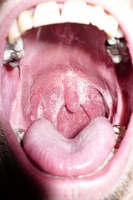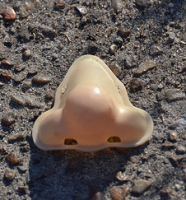
Q: My client produces some vowels with nasality. Do you know how to get rid of this problem? Old-fashioned articulation texts (pre-phonology) used to contain large sections, even whole chapters, on how to do this. Let me give you one method to get you started. This one is central to all the rest because it uses a simple biofeedback procedure. Getting rid of nasalization is mostly a matter of ear training. The following represents the way that therapists like Alexander…





